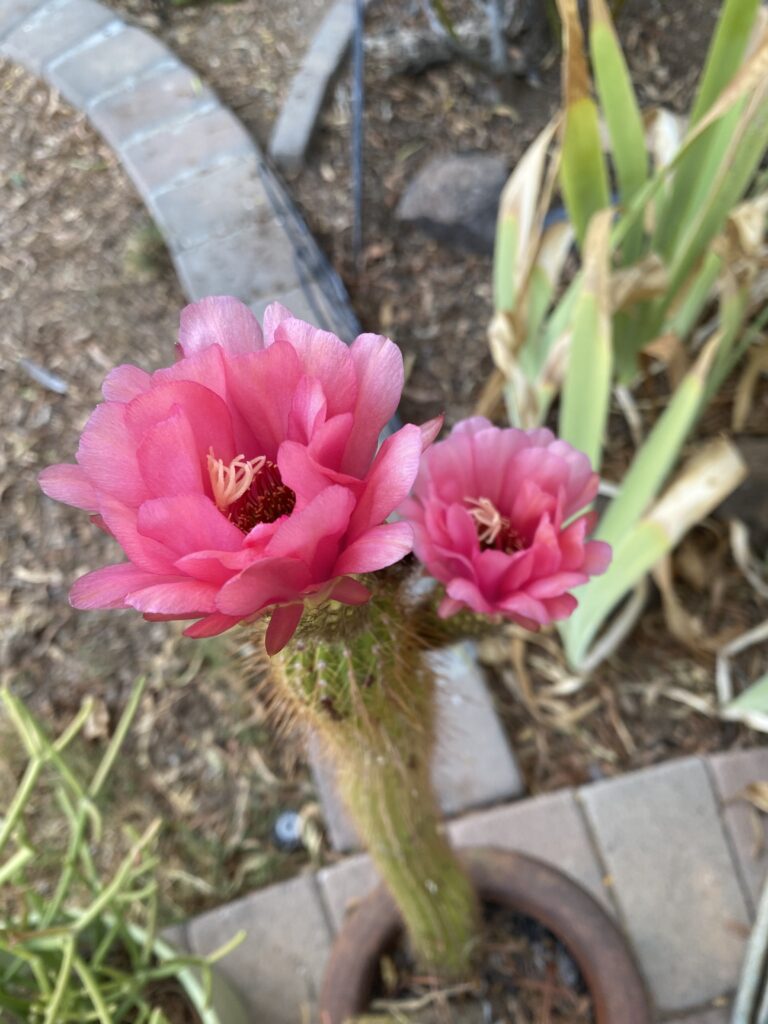I’ve always had an interest in art ever since Junior High (Middle School in some parts of the US). It’s funny how I stumbled into art in Junior High – it was only because I couldn’t qualify for choir! I sang so badly they wouldn’t take me – at that time choir was cool and art wasn’t. But super happy it happened as it seemed I had some artsy skills. I did more art in high school and college, but once I graduated college I got on the working track and didn’t use my creative side for more than 40 years.
A few years ago I found a local place that brought in various artists teaching a multitude of art mediums like using copper in art, weaving, jewelry making and bookbinding. It was the exposure to making handmade books which led to my interest in eco printing. In 2019 I found Ali Manning’s Handmade Book Club, joined it and learned how to make so many uniquely designed books. In one of her tutorials she showed us her method of eco printing on paper which we would use in creating covers or pages for our books.
I absolutely loved it!
I’d never heard of using local vegetation like leaves and flowers to make marks and leave color on the paper. And that’s what Eco Printing is – taking botanicals and pressing them between paper or fabric, adding heat and having them transfer their shapes and color.
So I began experimenting with everything that grows around me that I could flatten and press between sheets of paper. I had to be careful about what I used as I live in the Sonoran Desert in Arizona. Just about everything here protects itself with stickers or prickly things. I learned right away what not to use. Some botanicals left nothing on the paper, so I made notes to not use them again. [it’s very important to take notes so that you can repeat successes and not repeat failures] But others left very beautiful shapes, designs, and colors.
I started building up stacks of eco printed paper which I used in making covers and inside papers for handmade books. I gave everyone in my family handmade books and then actually started up an Etsy store selling them. What I sell in my shop is now different than what I started with – but this is not meant to be a sales pitch so let me continue on the Eco Printing subject.
There are so many uses for either Eco Printed paper or fabric: junk journals, collage, bookbinding, slow stitching, quilting, wearables like tops and scarves, handmade paper making, etc.
If this Blog has interested you in Eco Printing, I’d suggest checking to see if you have any local resources to learn this. There are tons of people posting free tutorials on Utube and Pinterest. Also, Instagram is the place to follow artists that do Botanical Eco Printing. Many of them give you free information, hold workshops, and give you really neat ideas. A good hashtag to search on to find artists is #botanicalcontactprint
Thank you for reading along and have fun creating.
